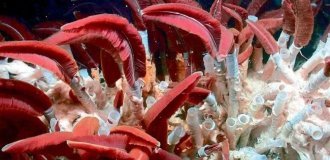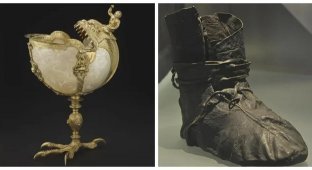The golden age of natural pearls: the history of Lake Caddo (7 photos)
In the modern world, natural pearls have become a curiosity, but just a century ago, before the invention of cultured technology by the British William Saville-Kent, people knew only natural pearls mined all over the world. 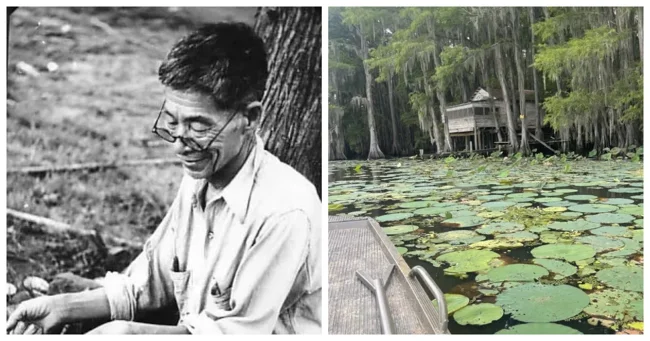
For centuries, pearl divers have dived into the waters of the Indian Ocean, exploring the Persian Gulf, the Red Sea, and the Gulf of Mannar. The rich pearl shoals of the Persian Gulf were especially famous. 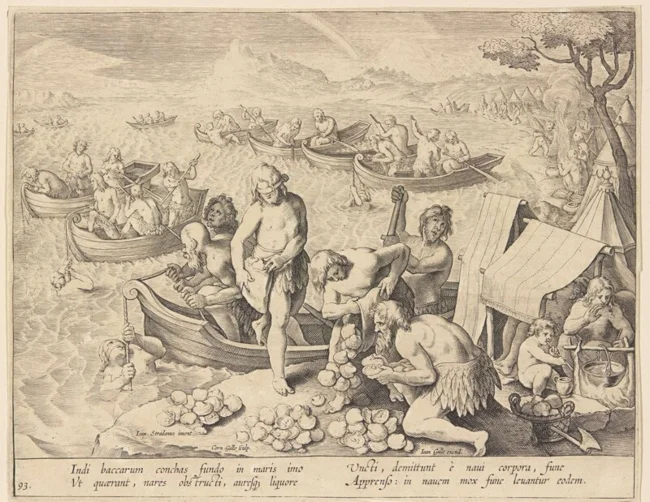
Pearl divers in ancient times
During the reign of the Chinese Han Dynasty (206 BC – 220 AD), active extraction of sea pearls was carried out in the South China Sea. The Spanish conquerors, having arrived in the New World, discovered generous pearl placers off the coast of Venezuela, near the islands of Cubagua and Margarita. It was from here that pearls ended up in the treasuries of European monarchs.
Indian tribes collected freshwater pearls from the waters of Ohio, Tennessee, and Mississippi, while saltwater varieties were found along the Caribbean and South American coasts. The colonial period was marred by the sad practice of using slave labor for dangerous fishing in the waters of Colombia and Venezuela, where many divers fell victim to sharks. Only a few lucky ones managed to gain freedom thanks to the discovery of a large pearl.
An Unexpected Discovery on a Texas Lake 
An Article on the Great Pearl Hunt
The year 1905 was an important one for Caddo Lake, a picturesque body of water on the border of Texas and Louisiana that resembles a mythical dragon in its outline. Sachihiko Ono Murata, a Japanese immigrant who had previously served as a cook on a US Navy ship, settled here.
The lake, famous for its majestic cypress trees and excellent fishing, became Murata's new home. Having got a job as a cook on local oil platforms, he had no idea that he would soon change the history of these places. 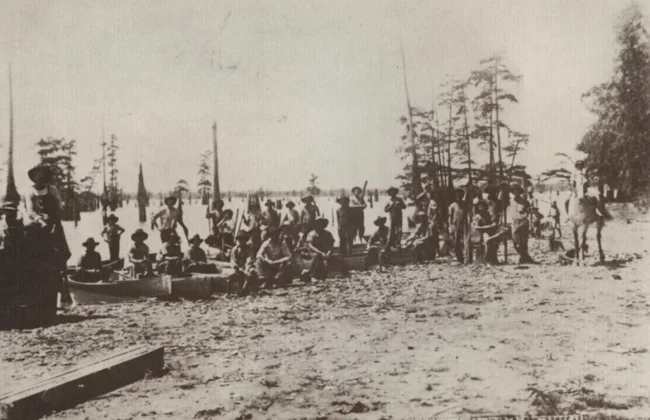
A group of pearl hunters on Caddo Lake
At first, the accidental discovery of a small pearl in a shell did not cause a stir. Local residents periodically found such curiosities and presented them as gifts to their loved ones.
However, when the finds began to be repeated, and a rumor spread around the area about the sale of a pearl to the New York jewelry house Tiffany & Co. for a fantastic $1,500 (with a farmer's annual income being $300-600), the situation changed dramatically.
Texas Gold Rush 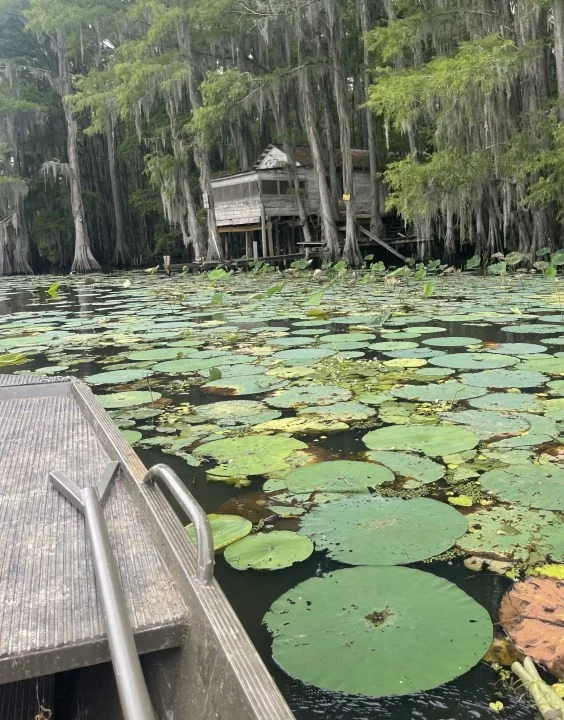
Caddo Lake today
The news of the precious finds instantly spread throughout the area. Thousands of people eager for quick enrichment rushed to the banks of Caddo, setting up temporary camps. Some arrived with their entire families, others - alone, driven by the dream of a lucky break.
The searchers wandered through the shallow waters (the depth did not exceed a meter), feeling the bottom with bare feet in search of shells. Special pliers were also used, allowing them to examine deeper areas in the cold season. 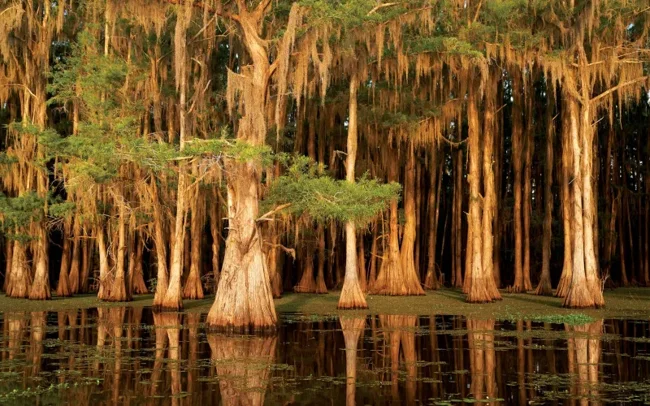
Although most of the pearls found were valued at a modest $20-25, there were also sensational finds. Mrs. Jeff Strode, a resident of the Lewis settlement, received $900 for an exceptional specimen, setting a record for the price of local pearls. No less lucky was fisherman George Allen, who received $500 for his find.
For three years, the pearl fishery remained so profitable that many professional fishermen switched completely to searching for shellfish. At the height of the fever, there were up to 500 campsites on the banks of the Caddo, and about a thousand people came out to the lake every day.
What is remarkable is that an amazing atmosphere of mutual respect reigned here. The absence of conflicts was explained not only by the value of time, but also by the equal rights of all participants: no one laid claim to exclusive areas. 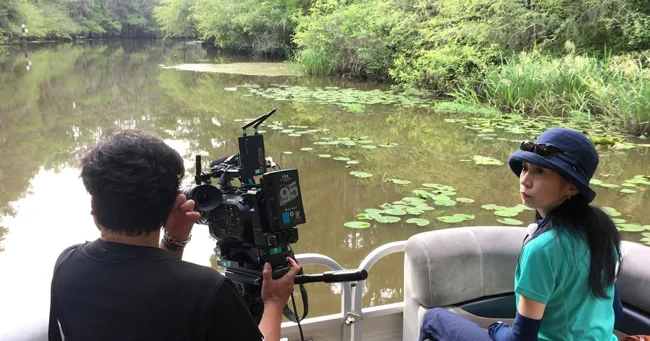
In 1913, the construction of a dam in Mooringsport led to a rise in the water level, making traditional methods of extraction impossible. The pearl rush died down, and most prospectors returned to their old ways.
Today, Caddo Lake is a protected area where freshwater shellfish still live, but collecting them is strictly prohibited. The story remains a shining example of how a chance discovery can change the life of an entire region.






